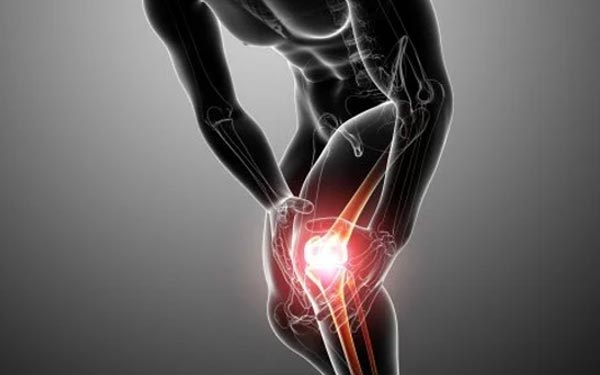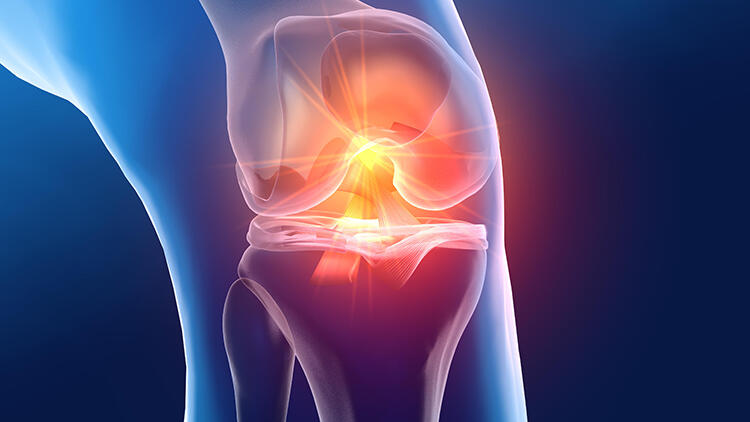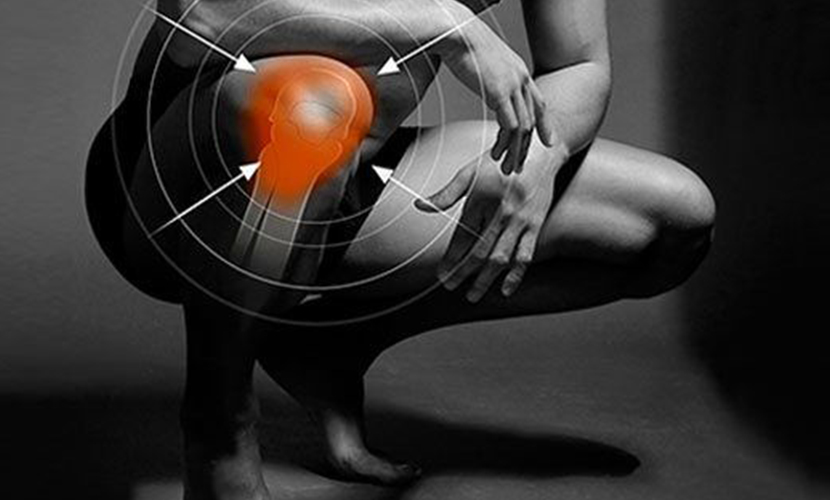What is Anterior Cruciate Ligament?
The cruciate ligaments are located inside the knee joint and run diagonally between the thigh bone and the tibia. There are two cruciate ligaments in each knee joint, anterior and posterior.
What Does Anterior Cruciate Ligament Do?
The cruciate ligaments prevent the knee joint from slipping forward and backward excessively, allowing the knee to rotate around its own axis in a balanced manner.
Anterior cruciate ligament; the knee prevents it from slipping forward, and the posterior cruciate ligament prevents it from slipping backwards. It is located in the outer side and inner side ligaments that provide the durability of the knee joint. But these ties are rarely injured. The anterior cruciate ligament is the most commonly injured ligament.
What Happens When The Anterior Cruciate Ligament İs Ruptured?
Since the anterior cruciate ligament prevents the knee from slipping forward, ejaculation and a feeling of insecurity occurs in the knee joint in and after injury.
How is the Anterior Cruciate Ligament Tear?
When the foot is standing still, a tear occurs as a result of the body turning on the knee and a "pop" sound can be heard, such as the sound of a rope breaking. It usually takes place in sports that require a sudden stop and turn, such as football, basketball, or skiing.

What Happens After Anterior Cruciate Ligament Rupture?
In the absence of anterior cruciate ligament, since the balance of the knee joint is disrupted, the loads on the meniscus and cartilage structures in the knee increase and as a result of unbalanced loading, the knee joint is eroded, that is, calcification.
What Are The Complaints In Anterior Cruciate Ligament Rupture?
When anterior cruciate ligament rupture occurs, a serious bleeding occurs in the knee and swelling occurs in the knee. In addition, knee pain, limitation of movement, inability to straighten the knee, feeling of insecurity, and limping are seen. Generally, there is not much walking due to pain, so the complaint of knee ejaculation is not common. Sometimes patients may talk about a "pop" during the injury.
In the following periods;
- inability to run,
- inability to do sports,
- feeling of insecurity in sudden jumping, stopping and turning movement,
- The feeling of discharge occurs when descending the stairs.
What Happens If Anterior Cruciate Ligament Tear Is Not Treated?
If the anterior cruciate ligament rupture is not treated, active sports cannot be done, and irreversible damage such as meniscus and cartilage injury will occur due to an increase in knee sprains and defect in the knee balance. It is known that repairing the anterior cruciate ligament will not cause meniscus and cartilage damage.

How Is Anterior Cruciate Ligament Tear Diagnosed?
If there is a tear during the first injury, it will be very painful as there will be swelling and tension in the knee joint. Some specific tests cannot be performed during the examination due to pain. The patient cannot be examined completely and the patient is asked to have an MRI to view the knee joint with suspicion of anterior cruciate ligament rupture. Special tests can be performed in the patient who applied late, and a diagnosis can be made with these examinations.
How Should Anterior Cruciate Ligament Tear be Treated?
Successful results are obtained with surgical treatment with developing surgical techniques. It has been observed that non-surgical treatments are not beneficial in young patients, and it has been accepted by scientific authorities that the best treatment option for patients is surgery. The most important criterion for the decision of surgery in middle-aged and older patients is active sports activities. Non-surgical methods can be tried in people who are over middle age, do not do active sports and lead a sedentary life.
How Does Anterior Cruciate Ligament Repair Work?
The ruptured anterior cruciate ligament cannot be repaired by sewing, with some exceptions. Today, anterior cruciate ligament repair surgeries are performed as closed (arthroscopic). For repair, the transfer process is made by using another bond instead of the broken bond. The ligament taken from the patient's own body (autograft) from another area is used for transplantation. Generally, thigh back inner muscle fibers (hamstring) are used. Taking these fibers does not cause any problems for the person. Since the loss of these fibers in professional athletes will cause a decrease in performance, the transplantation is performed using tendons / fibers taken from the cadaver.
How Long Should You Stay in the Hospital for Anterior Cruciate Ligament Repair?
What Awaits Me After Anterior Cruciate Ligament Repair?
Anterior cruciate ligament repair surgery takes approximately one / one and a half hours. Generally, inpatient service for one day is sufficient. Discharge takes place the day after the operation. The patient can stand up and press with a special knee brace (angle adjustable knee brace) after surgery. If meniscus repair or cartilage repair has been done, the patient is allowed to walk with crutches, but should not step on his feet. Discharged patients start knee exercises on the same day with the knee brace, and with the changes made every week on the angle-adjusted knee brace, full knee range of motion is achieved in the 6th week and physical therapy exercises are started to provide full muscle strength. Those who frequently do desk work can return to work in the 3rd week, and those who do standing work in the 6th week. They start straight running in the 3rd month and they can return to active contact sports (such as football, basketball) in the 6th month.
OP.DR.Özgür Oktay NAR
Doctor of the Orthopedics and Traumatology






